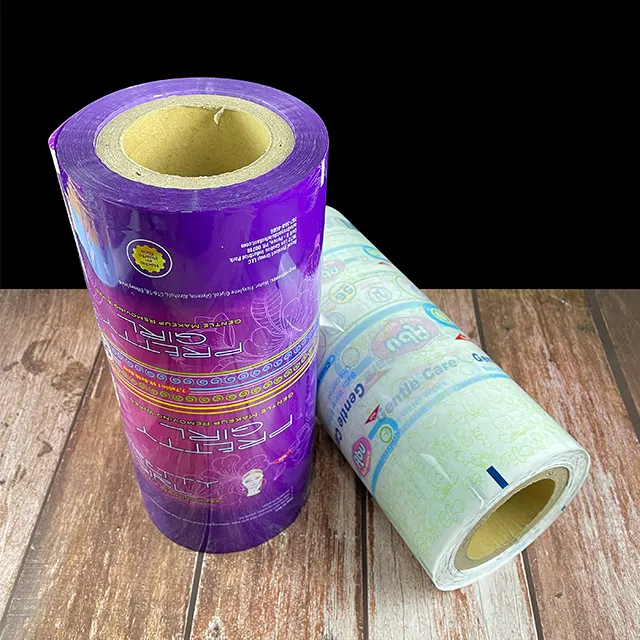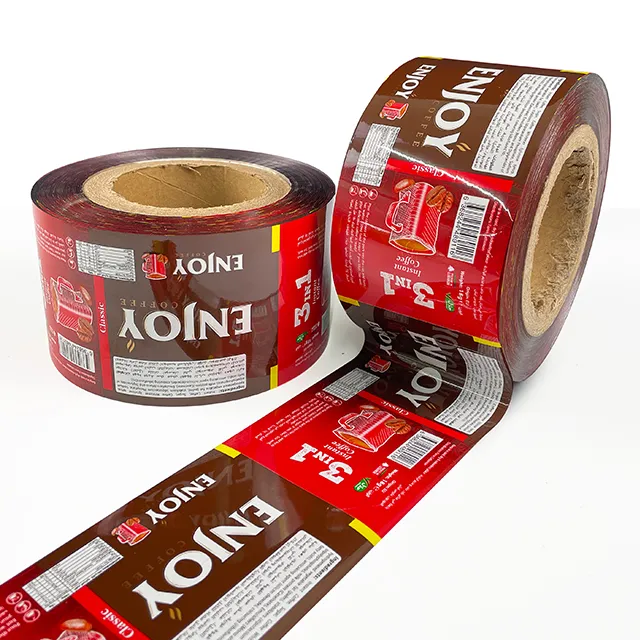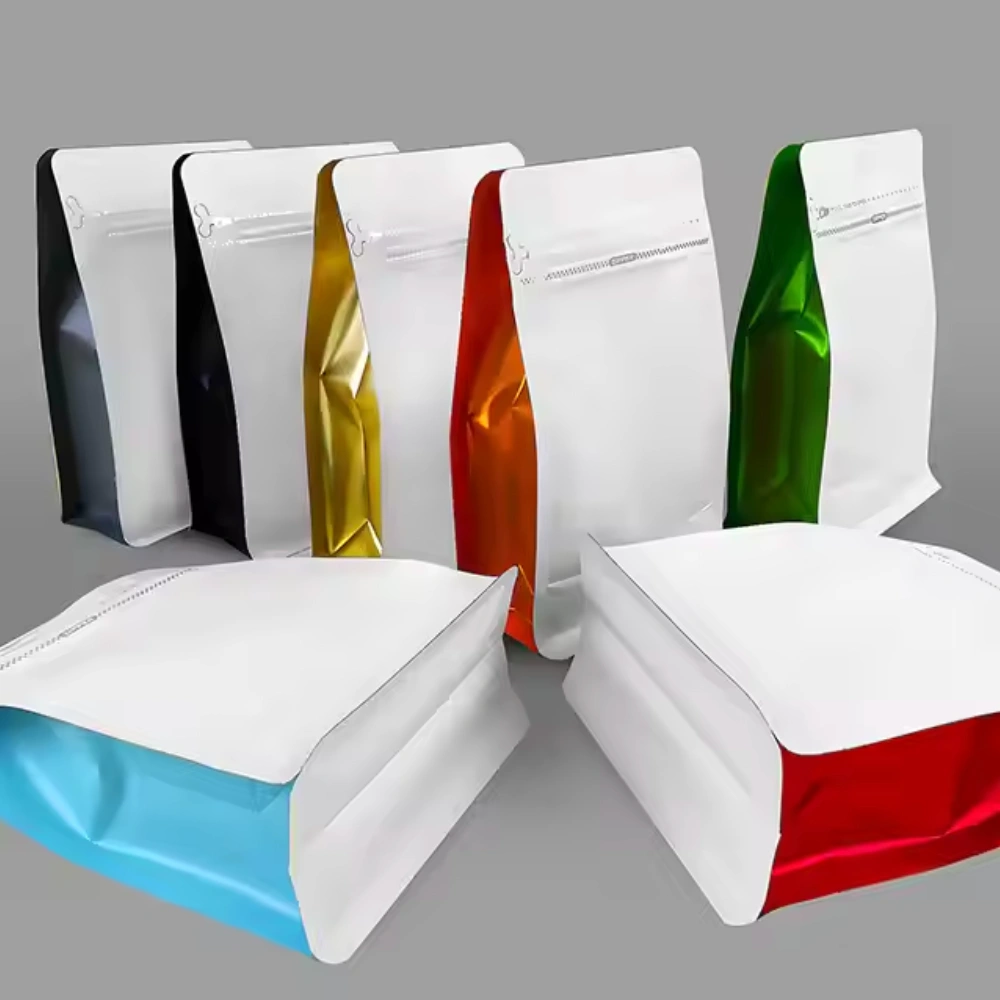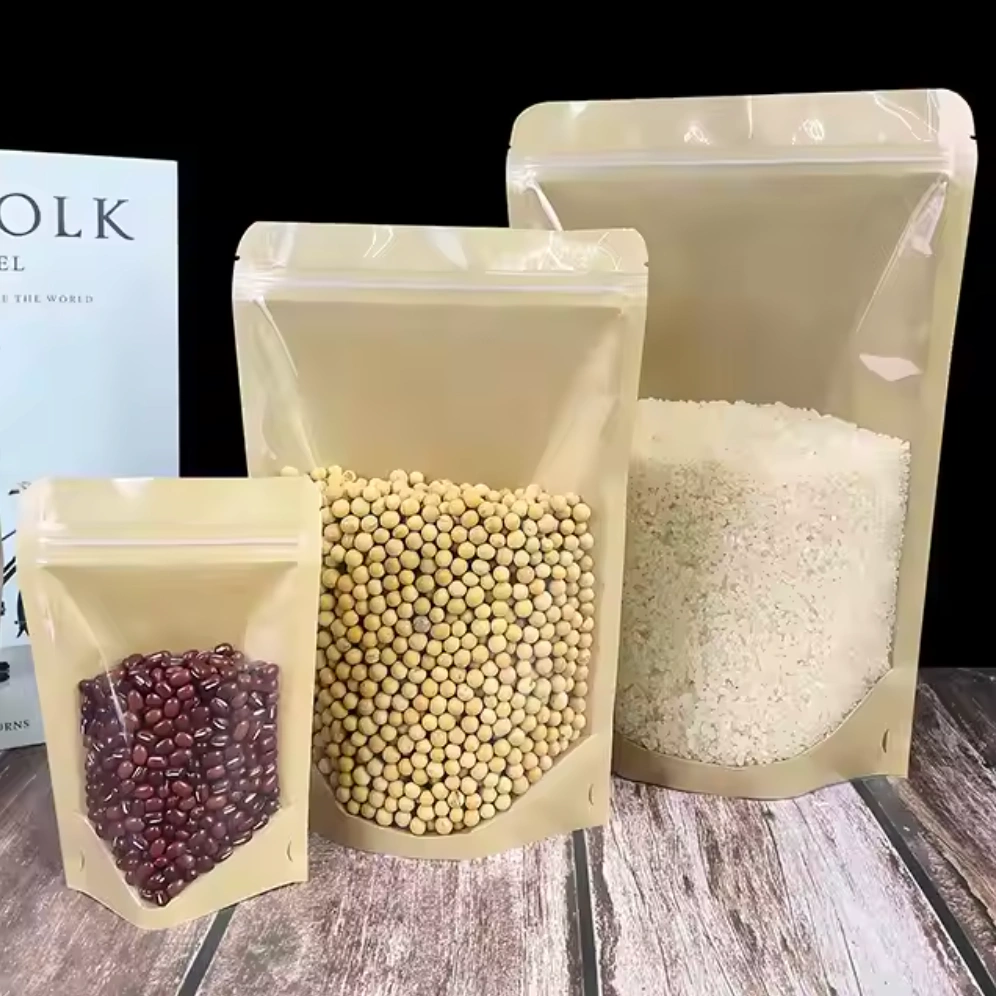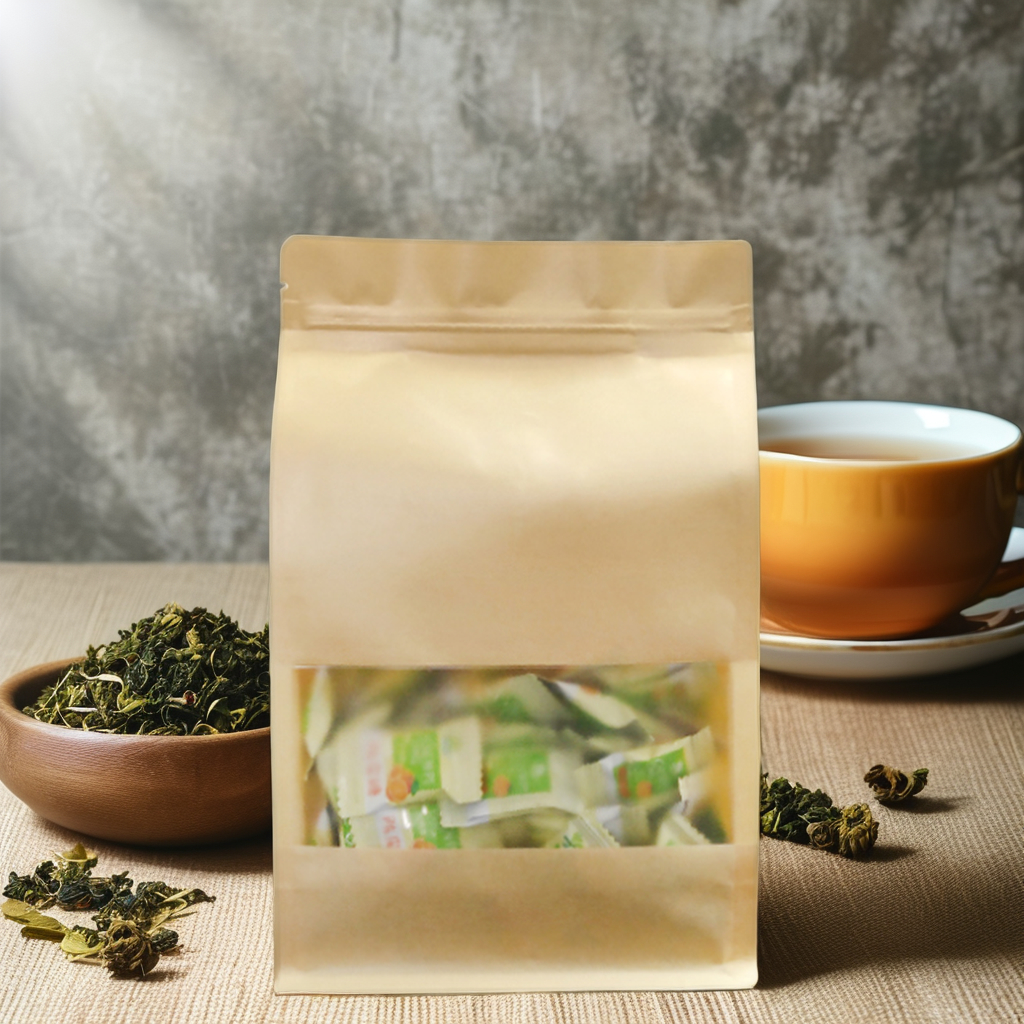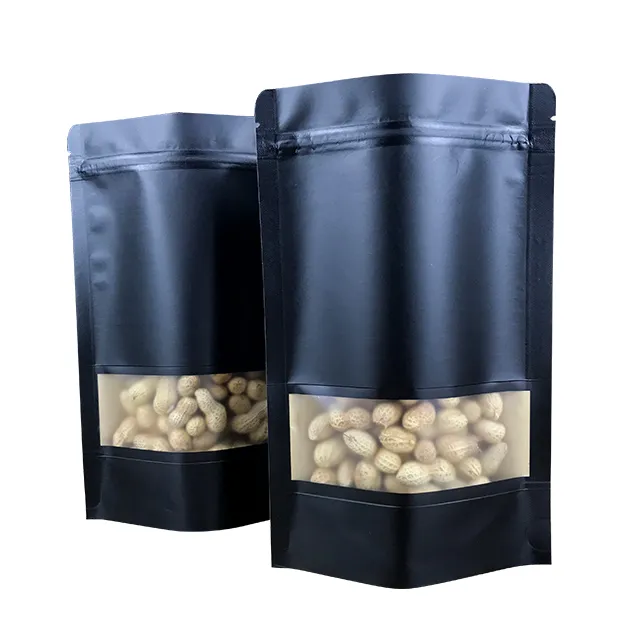Packaging film is the backbone of modern packaging of goods—light, flexible, safe, and responsive. From the food we eat to delicate electronics, nearly all the goods we buy today rely on some form of packaging film. But what is packaging film? What are its varieties, uses, and how to choose the right one?
In this comprehensive guide, we’ll explore the fundamentals of packaging film, including its materials, applications, and how to pick the best type for your products.
What Is Packaging Film?
Packaging film refers to thin plastic or composite materials used to wrap or contain products. Its main role is to protect goods from environmental factors like moisture, air, or bacteria, while also providing convenience, branding opportunities, and improved shelf appeal.
It’s used in nearly every sector, including:
- Food and beverages
- Pharmaceuticals
- Cosmetics and personal care
- Electronics
- Agriculture
- Industrial and retail packaging
From extending shelf life to puncture resistance, to playing vibrant brand identity, film packaging cannot be avoided.
Most Used Packaging Film Materials
Different material offers different benefits depending on the product and application. Below are the most used packaging film materials:
Polyethylene (PE)
Types: LDPE, HDPE, LLDPE
Benefits: Lightweight, flexible, cost-effective
Applications: Packaging of clothing, food packaging
Polyester (PET/OPET)
Disadvantages: Opaqueness, lack of thermal stability
Advantages: Thermal stability, clarity, high strength
Applications: Snack packs, beverage packaging, medicine packaging
Polypropylene (BOPP, CPP)
BOPP: High stiffness and clarity, good water barrier
CPP: Heat sealable and used in laminated form
Applications: Frozen food, industrial sacks, vacuum-packing of food
Polyvinyl Chloride (PVC)
Advantages: Formability, toughness, transparency
Applications: Electronic casing, toys, cosmetics packaging
Nylon (BOPA)
Disadvantages: Low barrier properties, puncture resistance
Advantages: Puncture, high barrier properties
Applications: Industrial sacks, frozen food, vacuum-packing of food
Metallized Films (aluminum-coated OPP or PET)
Benefits: Light, oxygen, and moisture barrier
Applications: Coffee, crisps, pharmaceuticals
Quality Packaging Film Key Properties
When you choose a packaging film, you must consider:
- Barrier performance: UV protection, moisture, or oxygen protection
- Strength and flexibility: Will not readily tear, reasonable stretch
- Transparency and gloss: Pertains to the see-through look through the product
- Sealing properties: Seals well
- Printability: Branding and instructions will adhere well
- Temperature resistance: For freezer or hot fill applications
- Environmental impact: Recyclability or biodegradability
Packaging Film Applications Across Industries
Packaging film is designed to meet industry-specific needs:
Food Industry
Keeps products fresh for a longer period
Vacuum pouches, snack packs, and microwave wraps
BOPP, PET, and POF shrink films are typical
Pharmaceuticals
High-barrier films to keep sensitive drugs from degradation
Sterile, tamper-evident packaging
Aluminum laminates and BOPA are widely used
Cosmetics & Personal Care
Emphasis on clarity, appearance, and shelf appeal
PET and PVC clamshells and flexible sachets
Electronics
Anti-static films and protective wraps
PVC and PET for strength and shock resistance
Industrial Packaging
Heavy-duty shrink or stretch films for pallet loads
PE and multilayer films to package tools and equipment
How to Choose the Right Packaging Film
The main factors that determine the choice of packaging film are:
- Product characteristics: Fragility, sensitivity, size
- Storage and shipping conditions: Temperature, humidity, handling
- Protection requirements: Against light, oxygen, moisture
- Display requirements: Visibility, gloss, or opacity
- Budget and sustainability objectives: Biodegradable or recyclable packaging
For frozen food: BOPA or PET films with very good cold strength
For electronics: Anti-static PE or PVC
For prestige cosmetics: Printable, high-gloss PET films
For eco-brands: Biodegradable or recycled films
Emerging Packaging Film Trends
Sustainability influences packaging film development:
- Biodegradable, plant-based polymer films
- Mono-material films for higher recyclability
- Smart packaging: Color-shifting or freshness-measuring films
- Functional performance in thin formats
Packaging innovation is no longer just about appearance—now it’s about performance, safety, and sustainability.
About Lebei – Your Flexible Packaging Film Partner of Choice
If you are in search of a reliable, experienced, and innovative flexible packaging film partner, Lebei is your best choice. With A Professional Flexible Packaging Manufacturer Since 1995, Lebei has been offering high-quality packaging film solutions to various industries.
Whether you need customized flexible pouches or pre-shippable rolls, Lebei has everything to offer:
- Good-quality material such as PE, PET, BOPP, etc.
- Custom-print roll films and laminated packaging products
- Food-grade certified film packaging with high-barrier
- Competitive wholesale price with rigorous quality control
- Quick shipment and negotiable MOQ
With a customer-centric approach and almost 30 years of packaging film experience, Lebei is devoted to helping your products stand out—securely, responsibly, and fashionably.
Find out more or get a quote from Lebei today—your worldwide partner for packaging film innovation.

